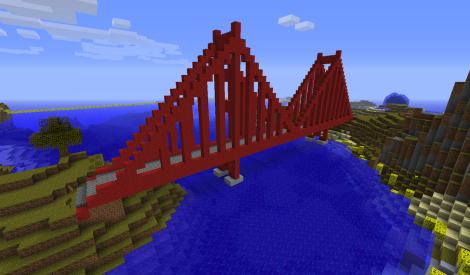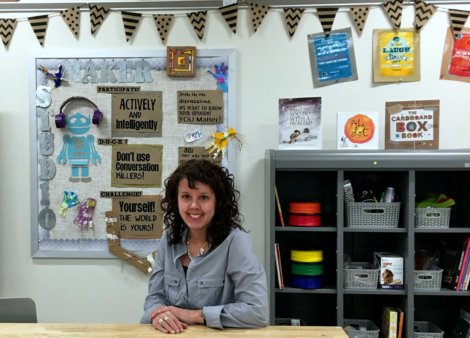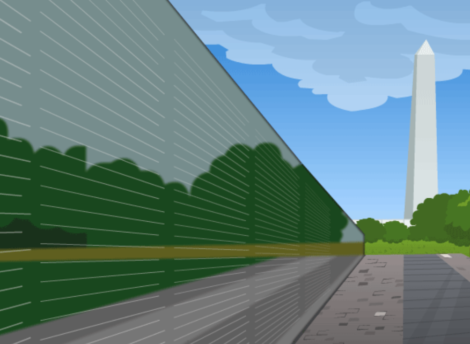
Exploring Minecraft in Education
Posted by allisyn on
It’s a rare teacher who encourages students to visit another world when they should be focused at school. But that’s exactly how Joel Levin, a computer teacher at Columbia Grammar and Preparatory School, got his 2nd-graders engaged.
Joel introduced the game Minecraft – in which players create new civilizations – with a simple instruction: “Think of this world as part of school.” He shares, “Over several weeks, students will collaborate, share limited resources, and create a functioning society. Through the lens of the game, they will be introduced to the concepts of digital citizenship — each child must behave responsibly and treat his or her fellow players with respect. Students wishing to learn more about the game are encouraged to practice basic research skills as they search the various wikis and forums devoted to the game.
Joel become so passionate about using Minecraft in education that he ultimately teamed up with partners around the globe to create a version of the game, MinecraftEdu, specifically for use in educational environments.
According to minecraftedu.com, the game “is being used to teach more than just computer skills. It easily lends itself to science, technology, engineering and math explorations (STEM). But beyond that, language teachers are strengthening communication skills, civics teachers are exploring how societies function, and history teachers are having their students recreate ancient civilizations.”
Others are catching on too. Joel inspired fellow gamer, Owen Long, a Network Systems Manager at the all-girls Spence School in New York City, to introduce the game there as well. Owen runs a weekly lunch club that students choose to attend during their lunch periods, and typically has a full house.
Both Joel and Owen found the game engaged students “through the roof,” with kids literally jumping out of their seats to help one another. Minecraft’s built-in chat feature fostered communication both on- and offline, adding the additional dimension of collaboration. Students are coming up with their own worlds, both realistic and fiction, and taking it from replicating a landmark like the Golden Gate Bridge to creating an entire civilization from scratch, by collecting and experimenting with different materials and tools to build.
“I like building things that I can’t build in the real world,” said one Spence student.
MinecraftEdu also lets teachers ensure the game environment is safe – it gives them the ability to control many of the game’s variables.
Joel coached, “You’re all part of one class, one team, helping each other to get further on this adventure.”
Are you using Minecraft or other digital games with your students? Please share your experiences!














